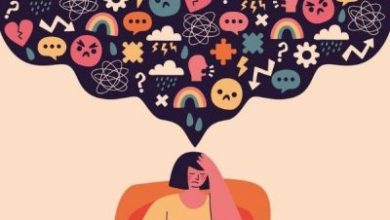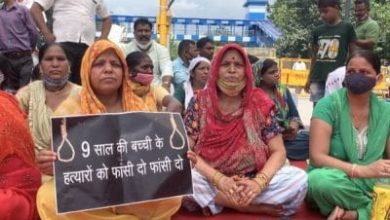
From surviving any disorder to battling assaults and abuses, why are survivors made to feel guilty?
Remember the last time when you spoke to someone surviving any mental health disorder? Or a survivor of abuse? Or the survivors of violence? Do you remember the hush in their voice? The guilt in their tone? The stigma that they feel? Well, that is the sad reality of the world we are living in. There’s always a sense of shame and guilt that the survivors are made to feel. As a survivor they are the one who put their heart and blood to get past the pain they go through, the lack of solidarity in the air for their pain adds up to the guilt that they feel. And here, let’s talk at length about why survivors are made to feel guilty.
Why are Survivors Made to Feel Guilty?
Before we move on to why survivors are made to feel guilty, we certainly need to acknowledge what the survivors already feel? The survivors are generally associated with a sense of powerlessness. In case of any stigmatized medical condition or even in the case of any assault, the physical pain and changing lifestyle is an absolute reason that adds to their trauma. In case of assaults like rape, or violence, the physical pain, mental trauma, the relation with the abuser, endurance to fight the court case battle in courts, and the anger of having to face the assault. And amid this, when a survivor is made to feel guilty, the situation becomes worse for them.
Read More: Rhea Chakraborty to face the camera again: Here is why she deserves a second chance?
And as the question remains why are survivors made to feel guilty, here’re a few reasons –
Stigmatization in the society
For a survivor, the stigma around their sufferings is what adds the most to their trauma. A survivor of any mental health issue is made to feel small for having the disorder. Or consider the case of menstruation, which is still an utterly stigmatized process, the menstruators who bleed are the ones subjected to have a sense of guilt for being the way they are.
Sympathy over empathy
A survivor doesn’t need sympathy. They never want people to go through their sorrow. And when someone starts sympathizing with the survivor’s suffering, the survivor finds themself in a situation of guilt and shame.
Sense of judgment in the understanding of survivor’s pain (especially in case of gender-based violence)
In the case of gender-based violence, there’s an utter sense of judgment for the survivor. For instance, rape survivors are often subjected to a lot of victim-blaming attitudes. What adds and builds their guilt is having them think that they did something which made the abuser abuse.
Sense of responsibility of the repercussions
Survivors are often subjected to a lot of repercussions that are associated with their suffering. For instance, consider the case of someone coming out of a violent relationship. The person is often surrounded with questions of how they can get justice, for how long the fight will be, what will be their way through for financial needs, who will have the children etc. And since it’s the survivor who takes the first step against the violence, they get a sense of being the enabler for the repercussions associated which builds up to their guilt.
Well, there is no reason why a survivor should be having a sense of guilt. A survivor goes through multiple battles, both physical and mental. For them, overcoming what they had faced is already taxing, the guilt that they are subjected to because of the stigmatization and societal judgements adds more to their suffrage. It’s on the people now to have a sensible and empathetic approach while acknowledging anyone’s suffrage.








